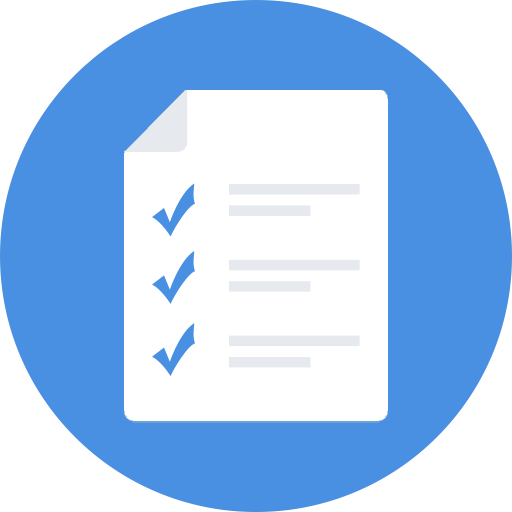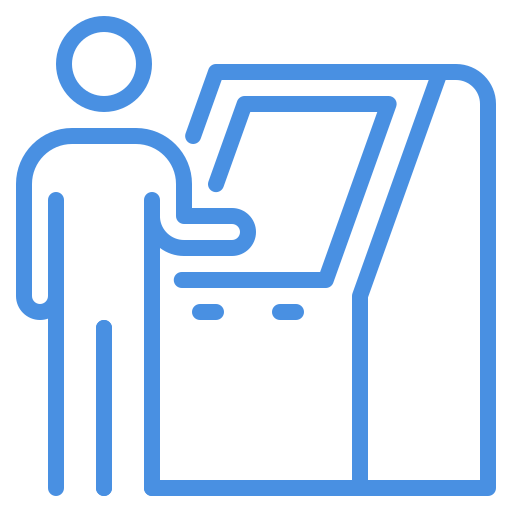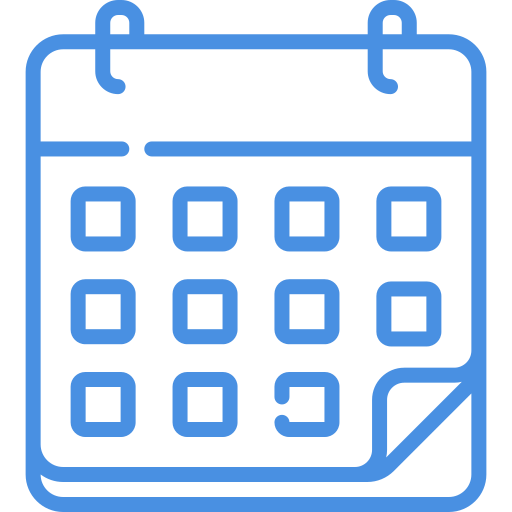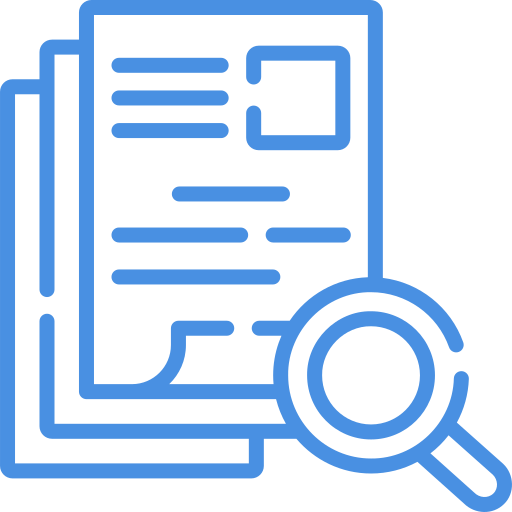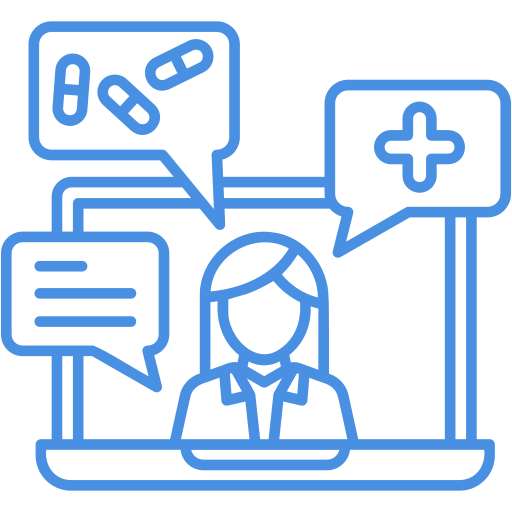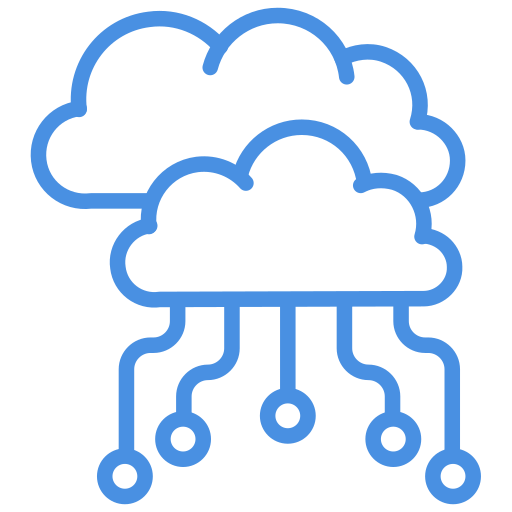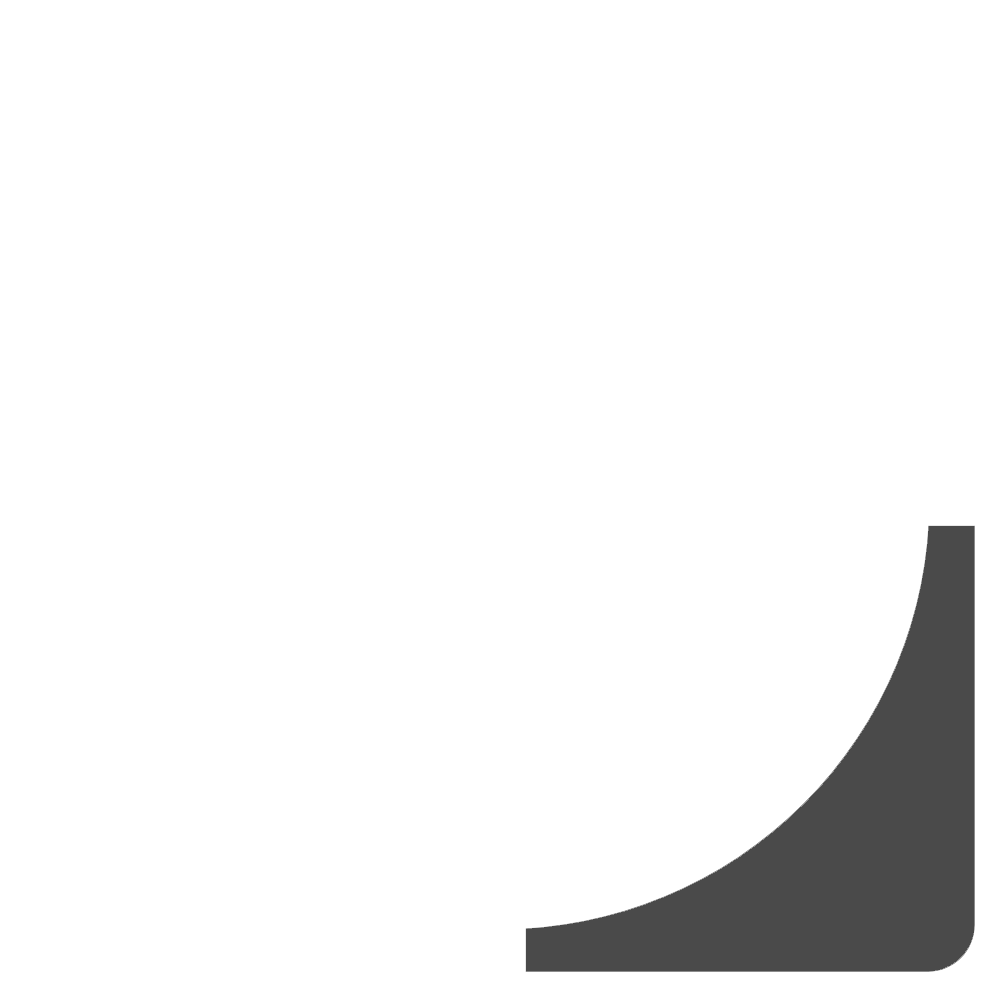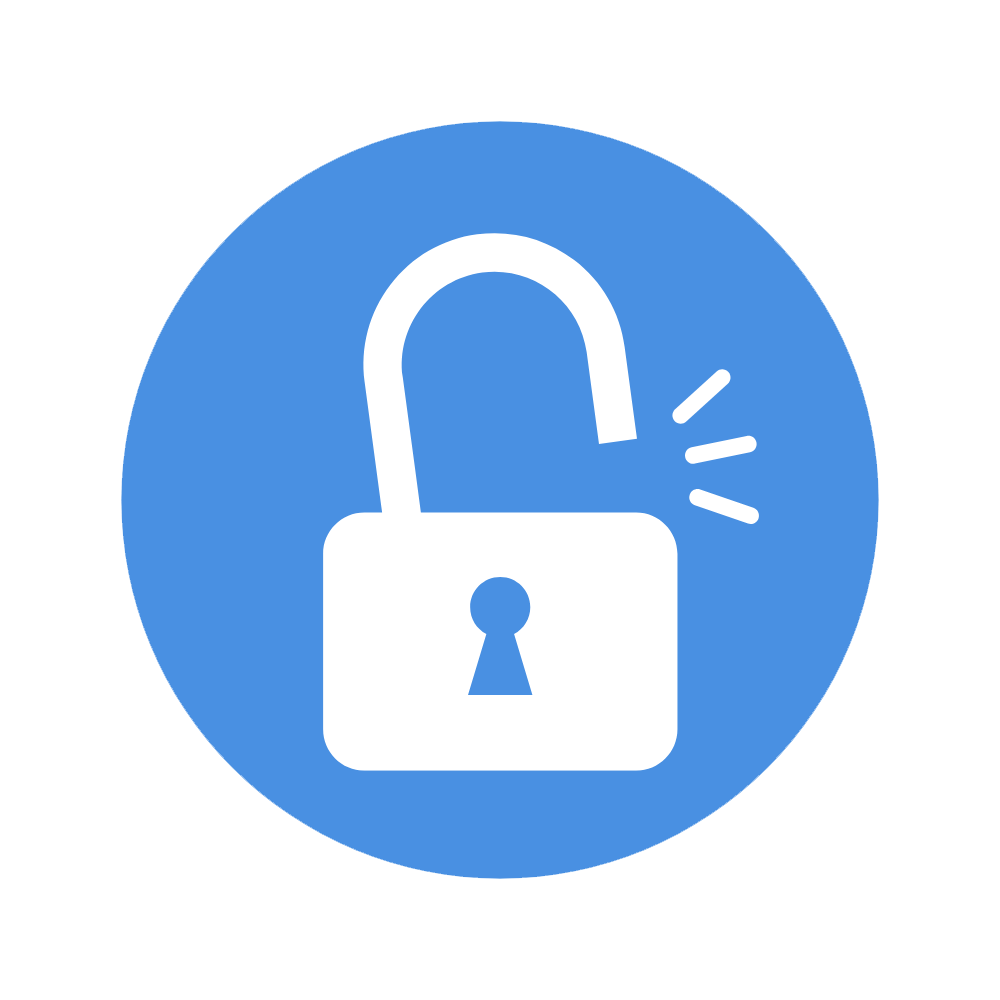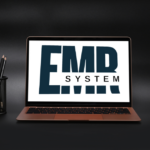Explore Pediatric Occupational Therapy services with 10 common CPT codes, including evaluations, therapeutic activities, sensory integration, and self-care training to support child development and independence.
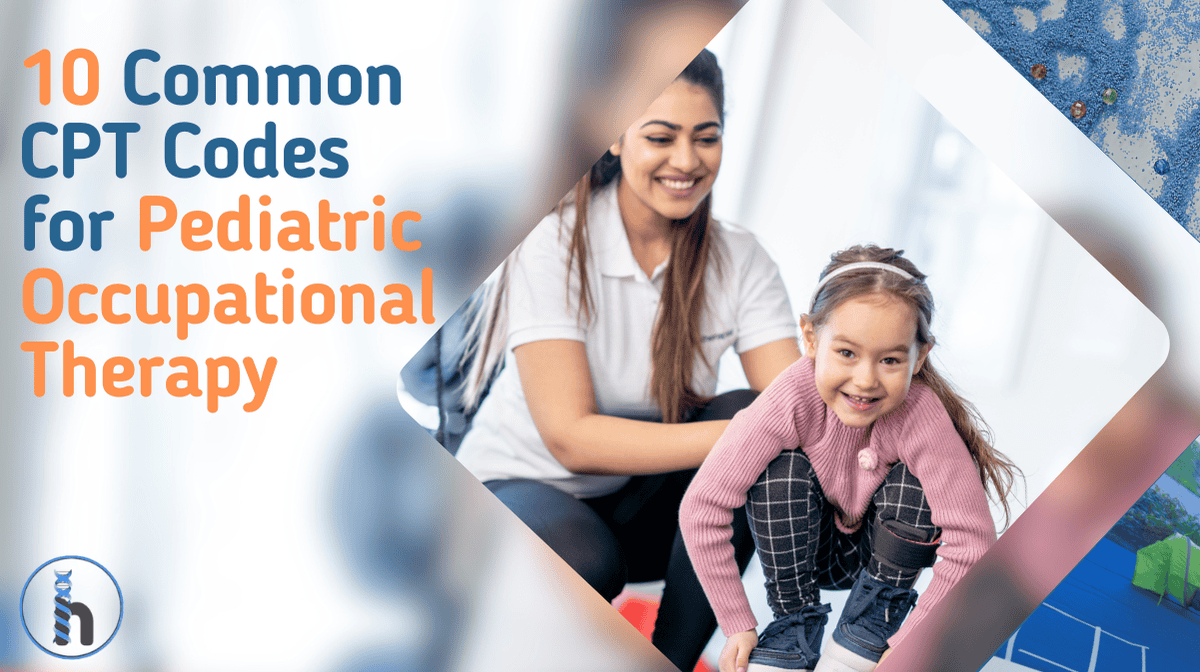
Do you have a love-hate relationship with coding? Knowing which code to choose can be confusing. But payment depends on effectively using the American Medical Association’s (AMA) coding system.
Current procedural terminology (CPT) is the language healthcare providers use to get reimbursements. Medical codes are standardized reports that describe services performed. Using CPT codes reduces generalities and provides an objective service description.
Yet, therapists know there has to be an easier way to get paid.
CPT 97110: Therapeutic Exercise
Occupational therapists frequently use the therapeutic exercise code. These exercises aim to strengthen muscles, improve endurance, and enhance range of motion and flexibility.
You can focus treatment on one or more body parts. Typically, children with decreased function benefit from therapeutic exercises. Remember to use code 97110 when you have only one intended outcome. You use other codes when you have more than one goal.
CPT 97112: Neuromuscular Reeducation
Neuromuscular reeducation is a specific type of therapeutic exercise. The goal is the reduction of neuromuscular impairments or restoration of neuromuscular function. This therapy improves movement, balance, coordination, kinesthetics, posture, sitting, and standing.
A variety of causes can impact communication between nerves and muscles. In adults, a stroke is a common cause of this communication malfunction. Pediatric patients with muscular dystopia, myopathies, and ataxia, benefit from neuromuscular reeducation. Defensive documentation must note the equipment used. Some equipment used for pediatric patients is the following.
- Dexterity tools
- Sensory training toys
- Desensitization equipment
CPT 97116: Gait Training
Gait training focuses on improving your patient’s ability to stand and walk. Both pediatric and adult patients want independence. Stair climbing is a celebrated milestone, but simpler exercises will help them get there.
- Heel and toe raises
- Seated marches
- Lying leg climbs
Gait training is essential for pediatric physical therapy patients who have had surgery, sports injuries, or amputations. For many teens, sports injuries are devastating. Gait training can revive hope.
It is important to note that this code is only used for physical therapists and is a vital code to have in your EMR system.
CPT 97530: Therapeutic Activities
Some therapists use the codes for therapeutic exercise and therapeutic activities interchangeably. Both help improve mobility, stability, strength, range of motion, and coordination. Yet, they’re slightly different.
Use CPT code 97110 when you have only one desired outcome, i.e., flexibility. CPT code 97530 is used when there is more than one therapy outcome, i.e., strength and flexibility.
With some creativity, therapeutic exercises can be fun for your pediatric patients. Use the child’s strengths, interests, and abilities to direct your care plan. Kids interested in superheroes enjoy activities focused on fighting villains and defending nobility.
CPT 97535: Self-Care/Home Management Training
Self-care and home management training is essential. Using the 8-minute rule, the goal of this therapy is building confidence and independence in activities of daily living (ADLs).
Children with spinal cord injuries or neuromuscular diseases need help with these skills. Brain injury and childhood trauma affect kids’ abilities to learn self-care skills organically. So, this therapy is vital.
Remember, children can feel embarrassed to re-learn hygiene skills. Establishing an encouraging environment will benefit your patient and their support person.
Involve family members whenever possible. Family members want to help their child or loved one but need to know when to help and when to back off.
CPT 97542: Wheelchair Management Training
Wheelchair management training includes many different aspects of wheelchair use. People using manual or powered wheelchairs are eligible for this therapy.
Occupational therapists must approach this training with a holistic perspective. Wheelchair management training includes the following.
- Achieving a comfortable fit
- Positioning while in the wheelchair
- Getting in and out of the wheelchair
- Relieving pressure points
- Driving and steering the wheelchair
When training our pediatric patients on using their wheelchairs, comfort is key. We want the kids to be comfortable and like their wheelchairs. If stickers or decorations help reduce the embarrassment of using a wheelchair – go for it.
CPT 97750: Physical Performance Test
Physical Performance Test (PPT) assesses multiple aspects of physical function. CPT 97750 allows you to bill for administering the test.
The PPT is comprehensive and objective. It helps occupational therapists determine the right course of action. Some of the functions evaluated in the PPT are as follows.
- ADLs
- IADLs (more complex daily tasks)
- Aerobic activities
- Balance
- Cognition
- Dexterity
- Functional mobility
- Occupational capacities
CPT 97755: Assistive Technology Assessment
Assistive technology is a device or system that allows a person to do a task they would otherwise not be able to do. Assistive technology increases the ease and safety of daily tasks.
This test helps determine the suitability of the equipment you are considering. You should not use this assessment for routine evaluations. It is for high-level assessments. A comprehensive EMR system helps determine when different codes are appropriate.
CPT 97760: Orthotic(s) Management and Training
The orthotic management and training code is for the initial assessment and orthotic fitting. If helping with an upper, lower, or truncal orthotic for the first time, use this code for billing purposes.
Often patients need orthotics to achieve their personal goals. Remind patients that modifications still produce results.
CPT 96125: Standardized Cognitive Performance Testing
The cognitive performance test is a standardized test that evaluates functional cognition. This tool helps OTs better understand the capabilities of their patients.
After performing the test, you can rate, explain, and predict your patient’s ability to function in various contexts.
This test helps assess cognitive difficulties. Establishing an encouraging atmosphere helps your pediatric patients perform to their greatest capacity.
Kickstart Your Program with our Comprehensive EMR Software
Choosing the appropriate CPT codes can be daunting. Knowing which code to use can be confusing. HelloNote makes coding easy without breaking the bank.
With our comprehensive EMR software, we alleviate much of your documenting stress. We are the leading EMR provider for physical, occupational, and speech therapy practices. We lead the industry because we are therapists.
We understand your daily stressors. Decreasing administrative burdens, improving compliance, and increasing efficiency are the foundations of our success. Learn more about how HelloNote can help your therapy practice.

